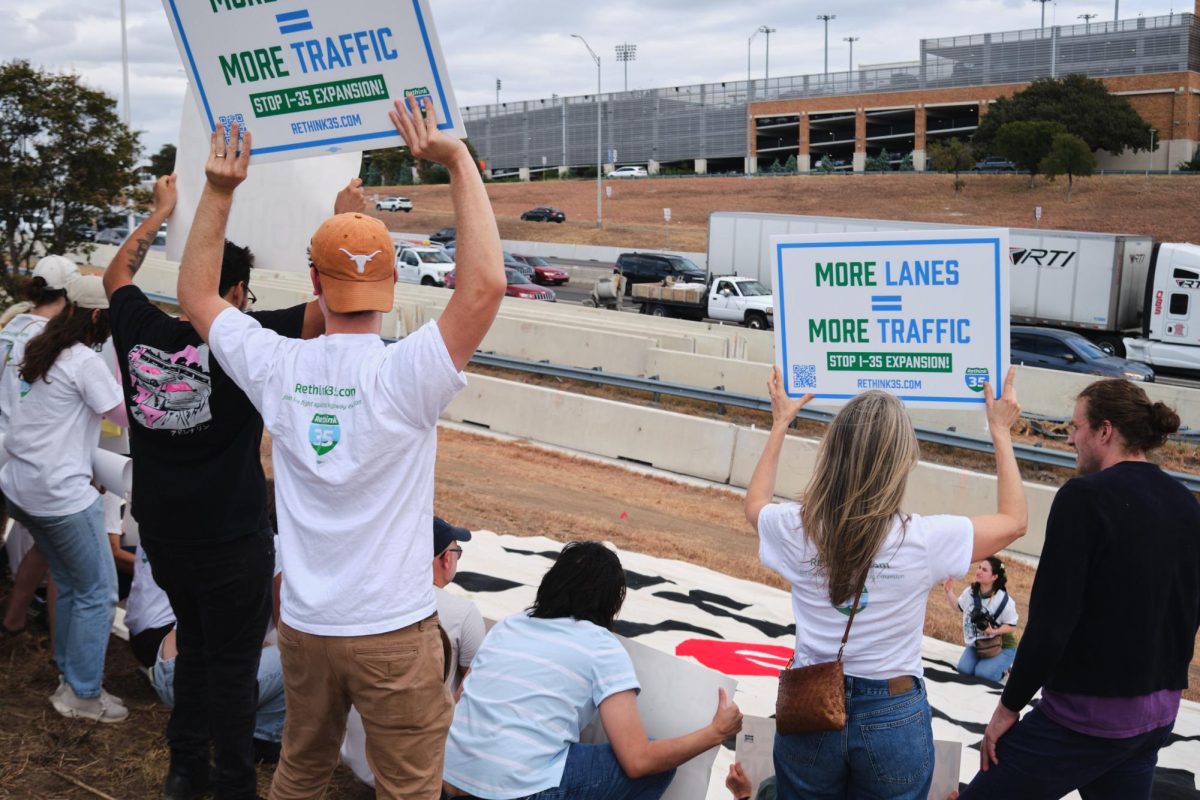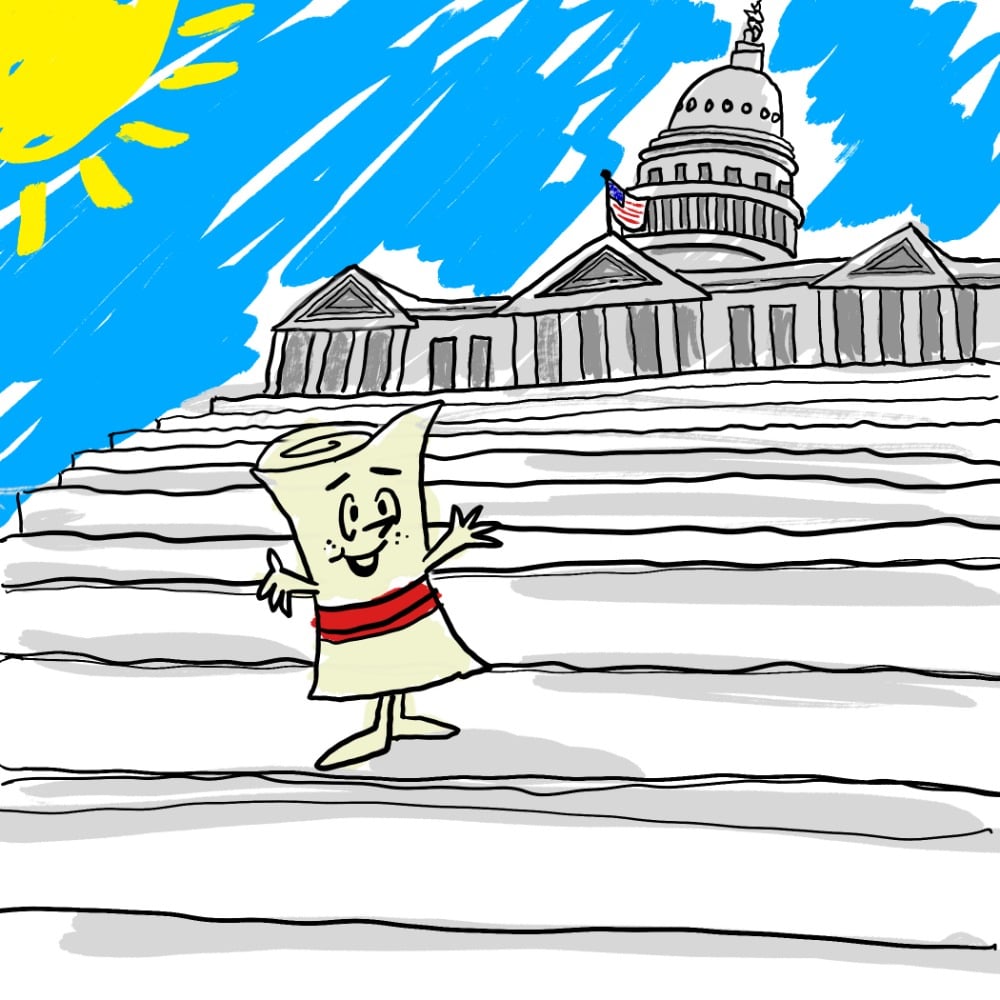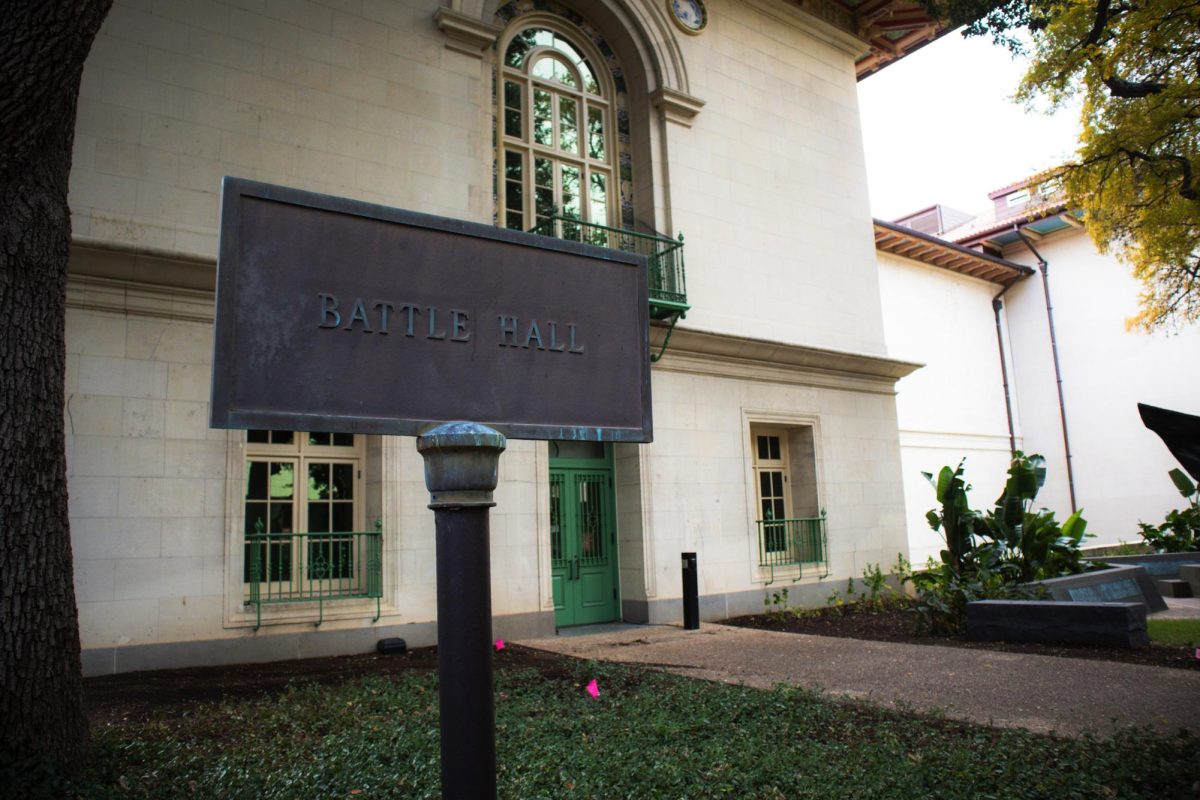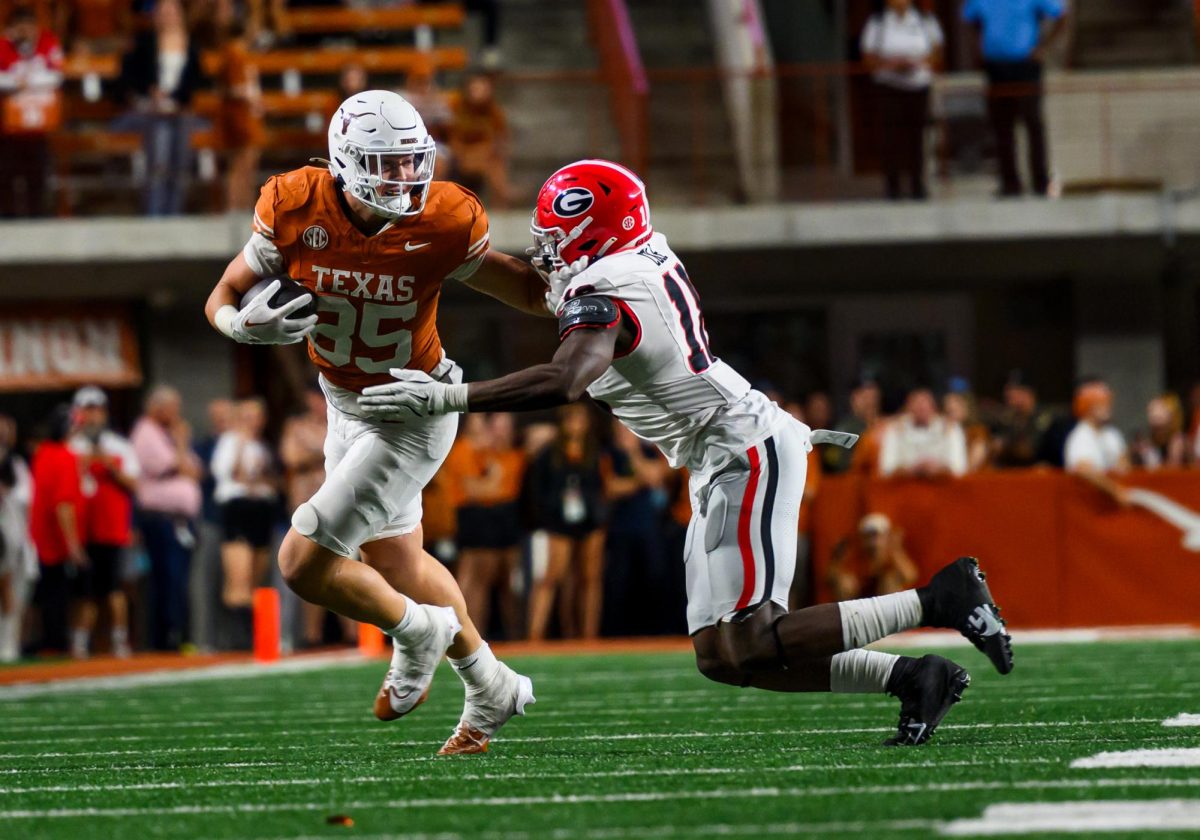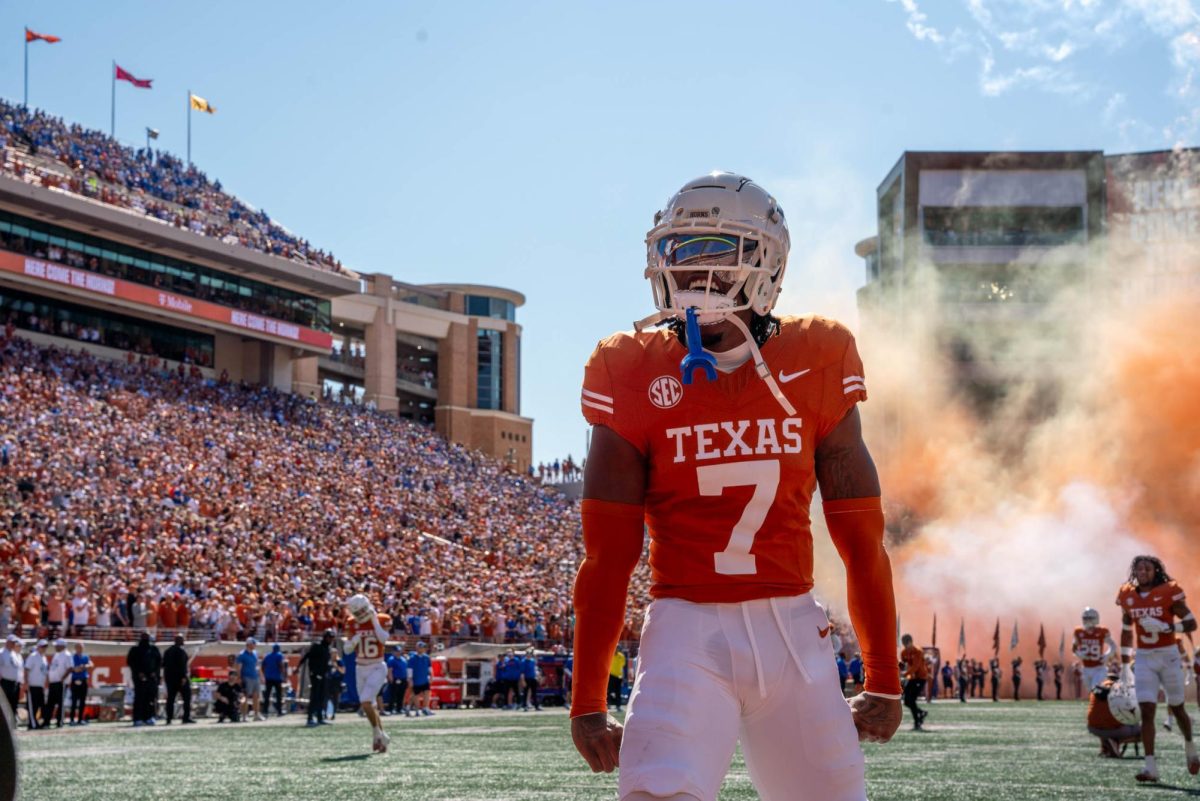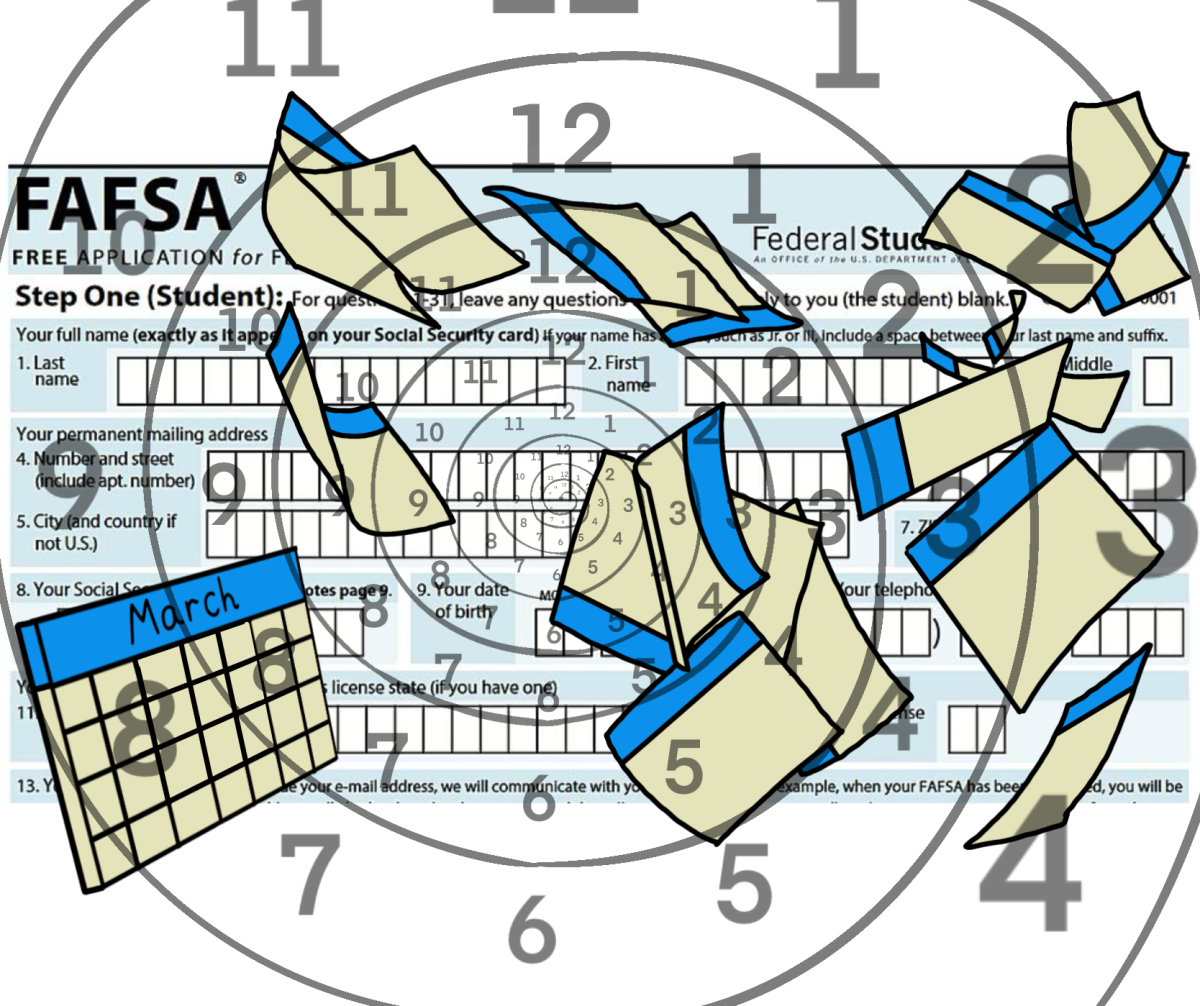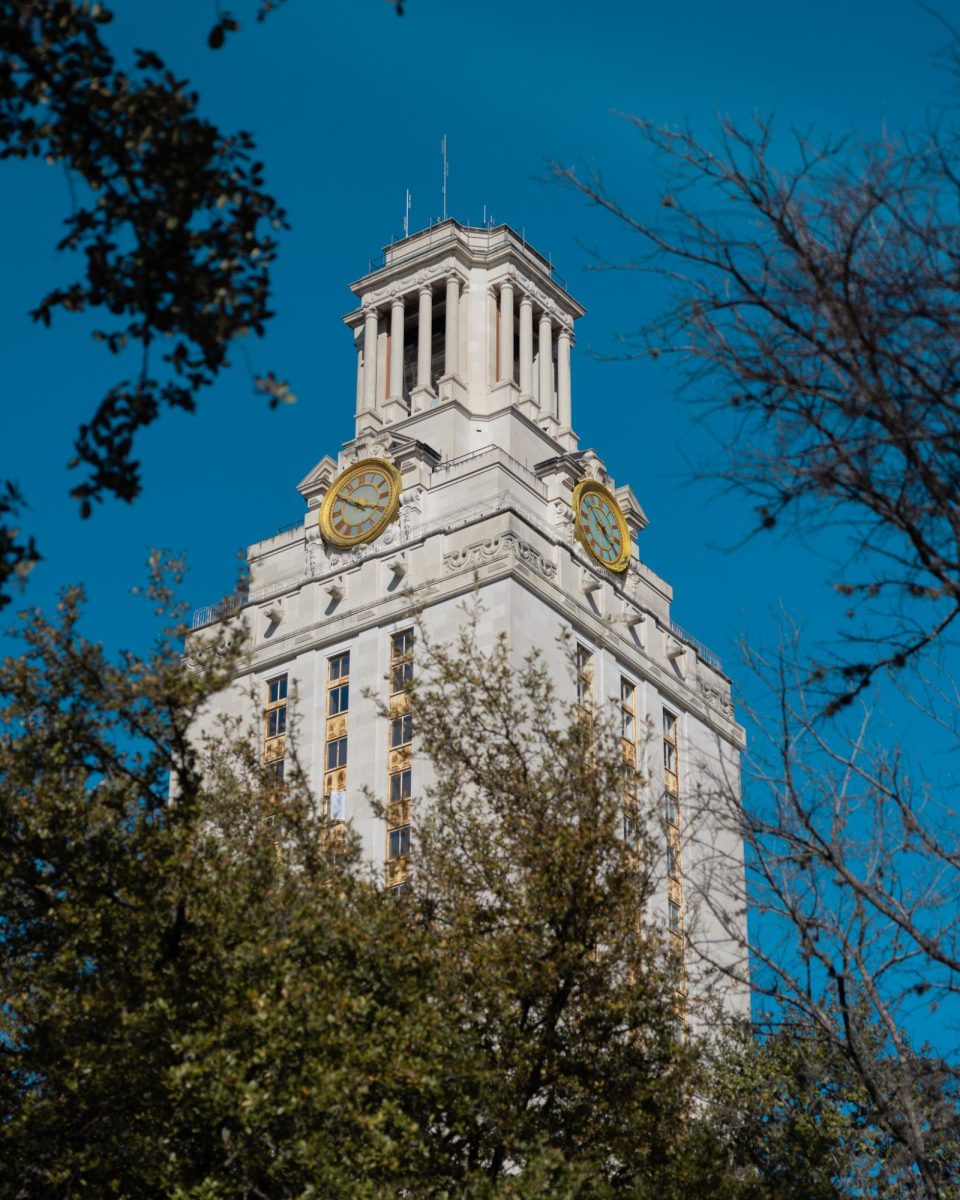After internally assessing its response on Sept. 28 — the day mathematics sophomore Colton Tooley fired 11 rounds of his AK-47 on campus before taking his own life — the University’s Emergency Preparedness department reported about 53,000 students and staff received text message alerts.
However, in many cases users did not receive the text alerts for up to 45 minutes after they were sent. UT officials said congested wireless traffic contributed to the delay.
Director of Emergency Preparedness David Cronk sent the text messages, which went out from an internal server to a third-party aggregator, a collection of servers. From there, the messages were transmitted to towers of different cell phone carriers, such as AT&T or Verizon.
“That’s where the weak point is within the distribution system,” Cronk said. “Because if you hit a tower with 55,000 messages at a time, it has a certain capacity that it can handle.”
It took four to five minutes for the aggregator to receive the messages and up to 45 minutes for individuals to get the notifications, Cronk said. The department sent out 54,000 messages at a time — five times overall — totaling 270,000 notifications for the day.
About seven years ago, UT made a five-year deal to use a text-messaging system known as Mobile Campus, which included coupons to local restaurants. After noticing a negative response to the coupons, UT switched to a stand-alone product strictly for messaging purposes, Cronk said.
Cronk said some cell phone towers, including Sprint’s, may have seen the large number of text messages coming, interpreted them as spam and rejected them. The University’s Information Technology Services provided the network with a six-digit code to move the emergency text messages to the top of the queue, eventually reaching students on campus.
The Emergency Preparedness department is trying to address the congestion problems by implementing a multichannel delivery system which would reach television screens and computer desktops, Cronk said.
“It won’t be on every computer,” he said. “It doesn’t have to be. If you have 30 students and one person gets the message, it won’t take long for everybody else to know.”
T-Mobile spokeswoman Ann Brooks said the network saw a 200- to 400-percent increase in cell phone traffic between 8 a.m. and noon on the day of the incident. Brooks said it is impossible to predict when massive traffic spikes will happen, but the company can monitor the network to respond when they do.
“We know that things like this are bound to happen in a nationwide network,” Brooks said. “We feel like the most important reason to have robust wireless services for any community is to keep people connected to public safety facilities in emergency situations like this.”
Future improvements include changing word usage and expanding the speaker system to indoor locations. All communications systems — including the sirens, intercom and text messages — are tested on the first Wednesday of each month to ensure that they are in working order.
UT police Chief Robert Dahlstrom said having the text message system improved the campus response by providing information directly to students, faculty and staff.
“I think our system is one everyone is looking to emulate at this point in time,” he said.


